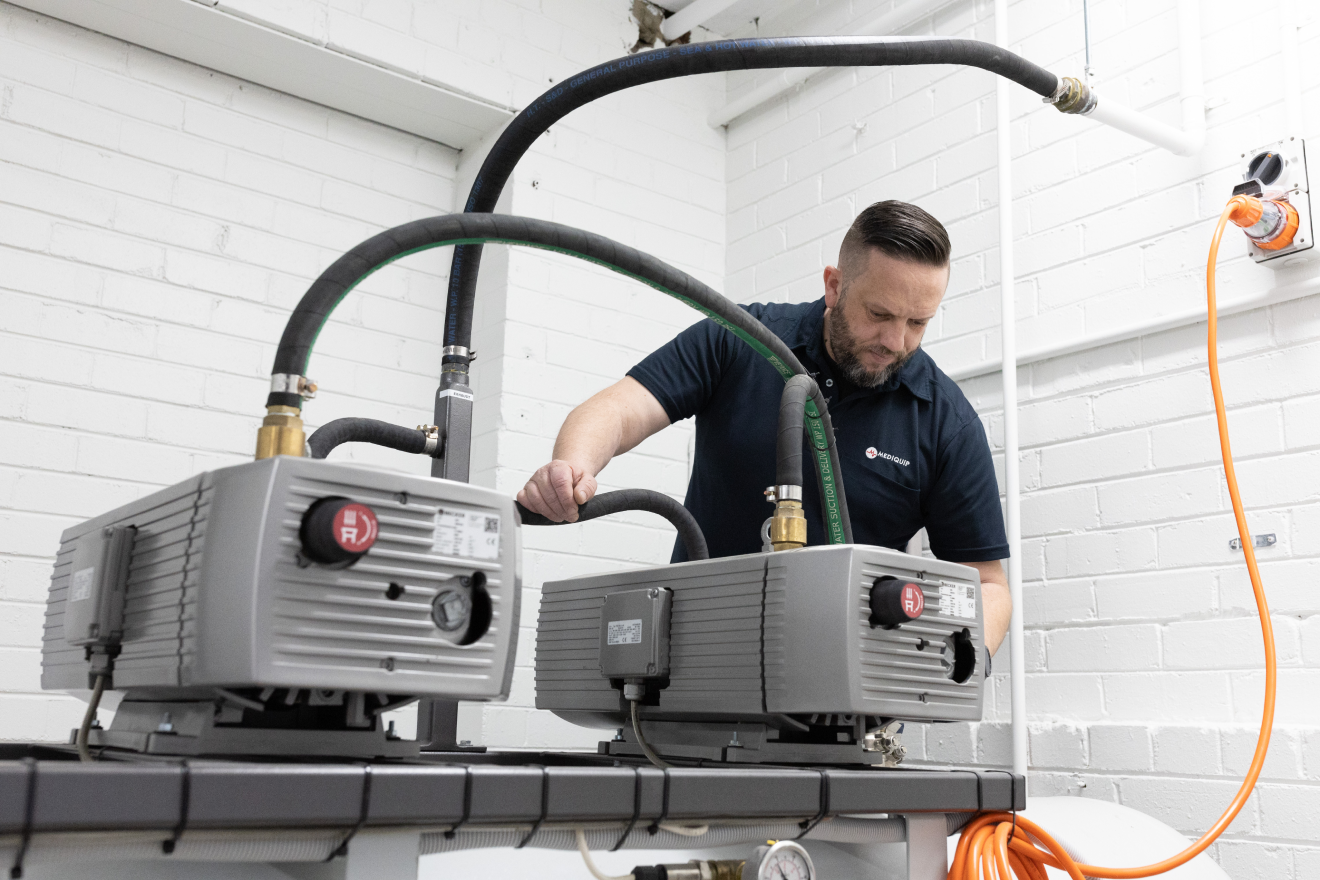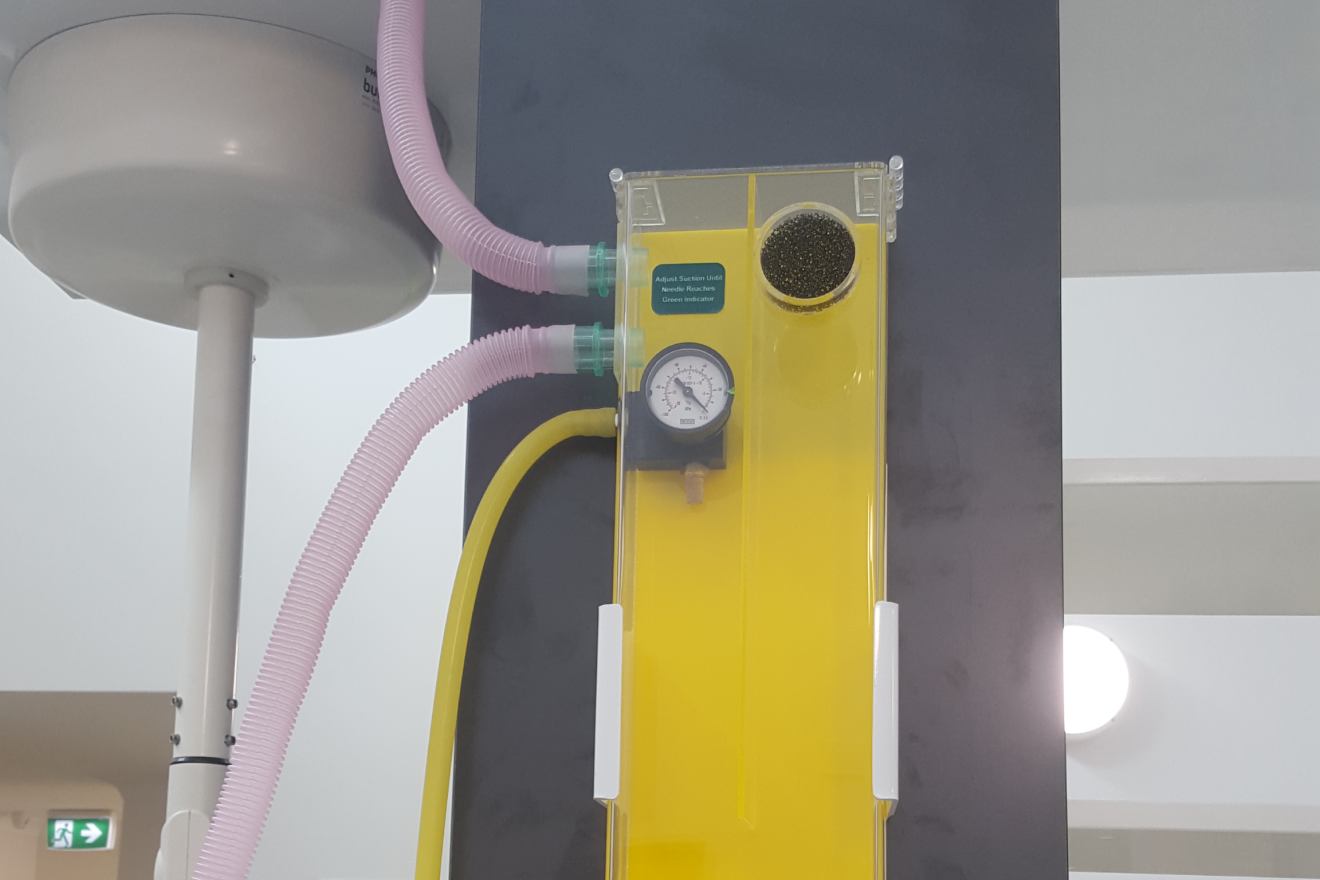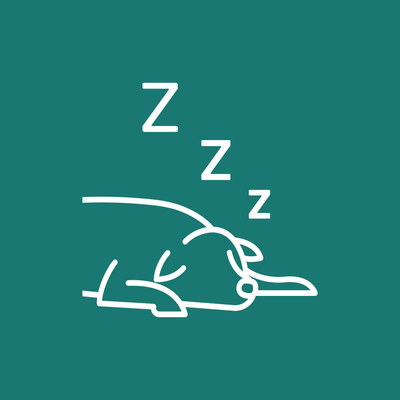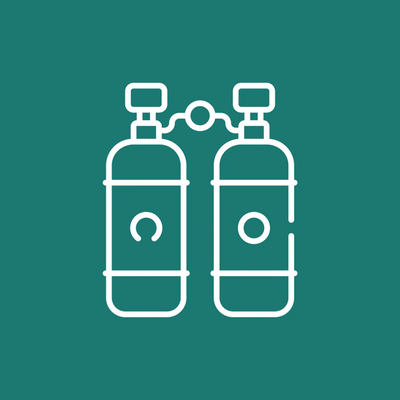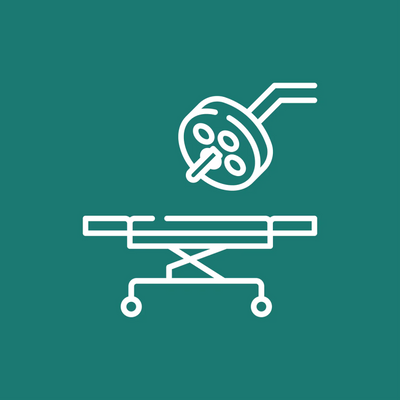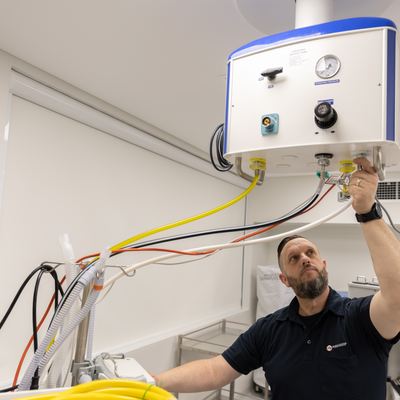Scavenging Systems
Without adequate scavenging, the use of anaesthetic gases and volatile agents within a closed environment may lead to exposure for you and your team, with potential adverse health consequences. Also, certain agents are potentially flammable so should not be allowed to accumulate in a closed area.
Gas scavenging systems collect waste gases from the extraction port of the anaesthetic circuit or ventilator and transfer them to a receiving system. From there, the system disposes of the waste gases outside of the working environment.
The MQ Vet team have specialist experience in the removal of waste gases from veterinary clinics – from site analysis and scavenging system design to installation and servicing. Our engineering experience supports the correct positioning and pipework for an efficient, effective system.
We offer a range of options for scavenge from basic stand-alone passive solutions to integrated active systems such as ceiling mounted fan boxes and up to 30 outlet solutions, as well as central vacuum and venturi suction designed solutions.
Before advising you on options, our team take the time to understand what you have in clinic, what you’re after, and usually do a site visit to understand your structural set up.
Scavenging Systems FAQs
Adequate removal of waste gases from your clinic is important for workplace health and safety, as well as saving clinics having to order charcoal if using charcoal cannisters.
This sort of thinking is what we call a ‘passive’ system − a low-pressure system. Passive scavenge outlets direct the waste gas flow from the anaesthetic machine absorber out to the atmosphere through a single short PVC pipe through an external wall.
As this relies on a passive flow, limitations apply:
- the waste gas cannot be elevated, and
- it must be the shortest run possible in order to reduce restriction and flow out to atmosphere.
An active scavenge box is a fan-driven unit which draws away waste gases from the anaesthetic machine and re-directs them through scavenge pipework to outside the building.
An active system must be attached to some form of suction or evacuation unit which would be in the clinic wall or pipeline system.
The box has an inlet that connects to the anaesthetic machine absorber, an inlet for atmospheric air to balance the pressures, and a suction hose that connects to the suction wall outlet.
With both systems, the scavenge box has an integrated, calibrated flow management system that is adjusted for the correct pressure via a fine control valve located on the suction wall outlet.
Scavenge driven by a central vacuum plant uses a pipeline reticulation system at negative pressure.
Scavenge driven by a venturi vacuum uses a compressed air pipeline reticulation system at positive pressure. Venturi outlets use the positive pressure through a venturi to produce suction. The waste air produced by the venturi is plumbed to the atmosphere through a PVC trunk line.
